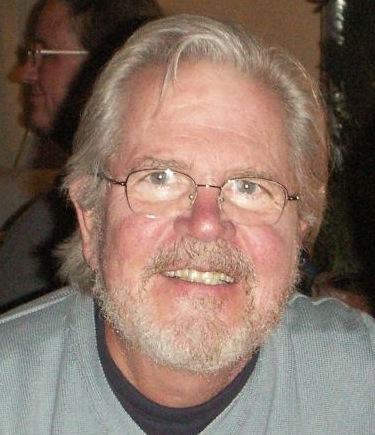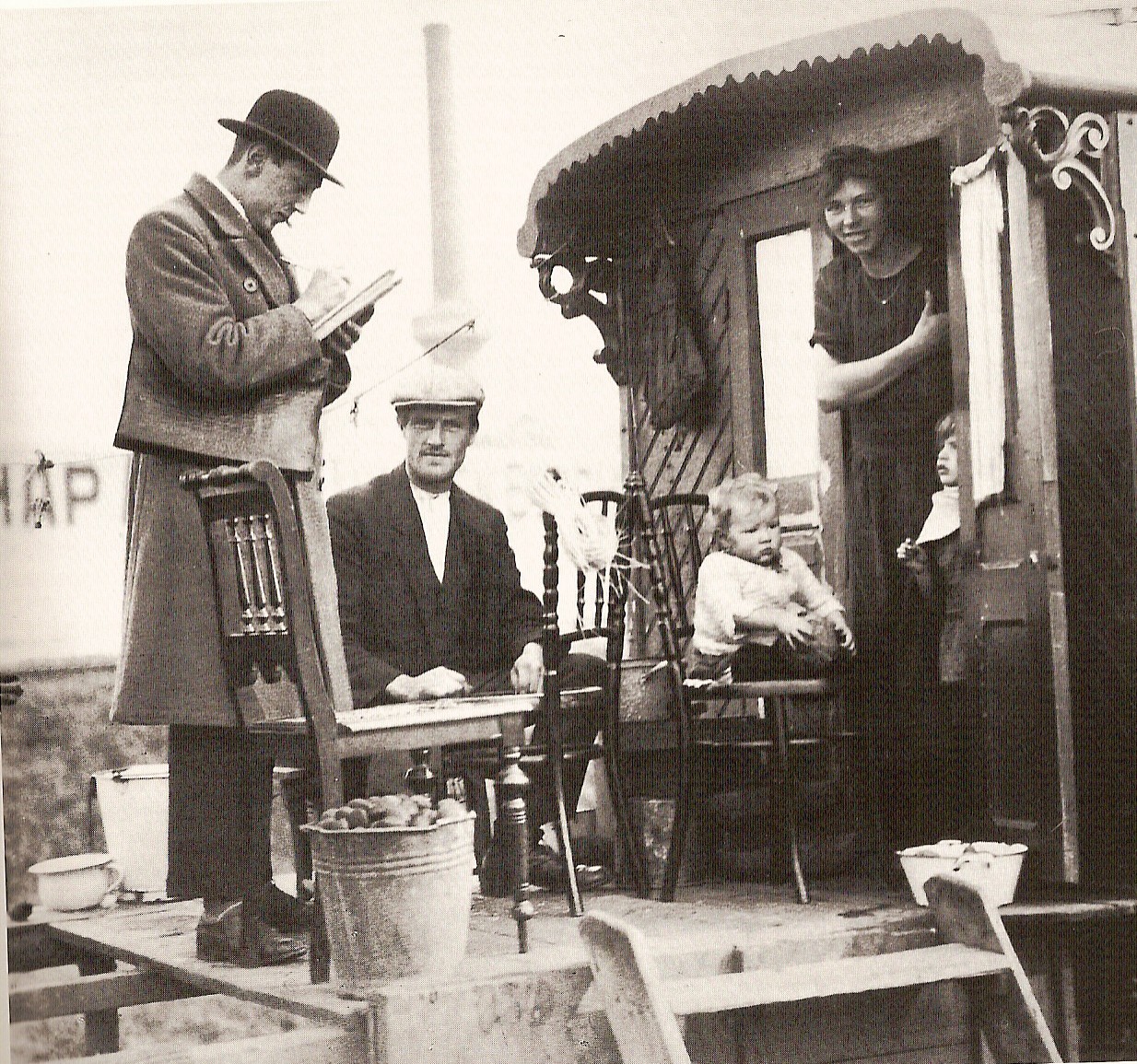|
Berrymount
Berrymount is a townland in the Parish of Tomregan, Barony of Loughtee Lower, County Cavan, Ireland. Etymology The townland name means 'The Hill of James Berry', who took a lease of the land in 1753 and erected a mansion there. The earliest recorded mention of the townland name is in the will of James Berry of Berrymount dated 1793.http://www.cavanlibrary.ie/file/Local-Studies/Archives/small%20private%20collections.pdf The older Irish name of the townland was ''Guberishan'' which was an anglicisation of the Gaelic placename ''Gub ar Ros-in'', which means 'Headland or Point of the Little Wood'. A marriage settlement dated 15 September 1762 is witnessed by ''James Barry of Goberrushing'' and ''Elizabeth Berry of Goberushin''. Geography It is bounded on the north by Mullynagolman and Clifton townlands, on the east & south by Breandrum, Tullyhunco and Killygreagh townlands and on the west by Aghaweenagh townland. Its chief geographical features area drumlin hill reaching to 2 ... [...More Info...] [...Related Items...] OR: [Wikipedia] [Google] [Baidu] |
Tomregan
Tomregan ( ga, Tuaim Dreagain, ) is a civil parish in the ancient barony of Tullyhaw. The parish straddles the international border between the Republic of Ireland and Northern Ireland. The largest population centre in the parish is Ballyconnell, County Cavan. The total area of the civil parish is 10,600 statute acres. Most of Tomregan's constituent townlands are situated in County Cavan while the remainder lie in County Fermanagh. In the Catholic Church, the ecclesiastical parish of Tomregan was split in the early 18th century, with the County Fermanagh townlands being assigned to the parish of Knockninny while the County Cavan townlands were united with the parish of Kildallan. The townlands The Fermanagh townlands in Tomregan civil parish are- Aghindisert, Carickaleese, Cloncoohy, Derrintony, Derryart, Garvary, Gortahurk, Gortaree, Gortineddan, Gortmullan, Knockadoois, Knockateggal, Tonymore and Ummera. The Cavan townlands in Tomregan civil parish are- Agharas ... [...More Info...] [...Related Items...] OR: [Wikipedia] [Google] [Baidu] |
Mullynagolman
Mullynagolman is a townland in the Parish of Tomregan, Barony of Loughtee Lower, County Cavan, Ireland. Etymology The townland name is an anglicisation of the Gaelic placename ''Mullach na gColmán'' which means 'Summit of the Pigeons'. The oldest surviving mention of the name is in the will of John Armstrong dated 1757 where it is spelled ''Mullinagollinan''. The will of Alexander Faris dated 1766 spells it as ''Mullinagolinan.'' The 1790 Cavan Carvaghs list spells the name as ''Mullagh''. Ambrose Leet's 1814 Directory spells the name as ''Mullinagorman''. Geography It is bounded on the north by Cloncollow and Carrigan townlands, on the east by Aghavoher and Clifton, County Cavan townlands, on the south by Berrymount and Aghaweenagh townlands and on the west by Fartrin townland. Its chief geographical features are Togher Lough, the Rag River and a drumlin hill reaching to above sea-level. Mullynagolman is traversed by Slievebrickan Lane and Ardlougher Lane. The townland ... [...More Info...] [...Related Items...] OR: [Wikipedia] [Google] [Baidu] |
Clifton, County Cavan
Clifton is a townland in the Parish of Tomregan, Barony of Loughtee Lower, County Cavan, Ireland. Etymology The townland name is an anglicisation of the Gaelic placename ''Clochán'' which means 'A small beehive-shaped stone house". The 1790 Cavan Carvaghs list spells the name as ''Cloghan''. Geography It is bounded on the north & east by Aghavoher townland, on the south by Breandrum, Tullyhunco and Berrymount townlands and on the west by Mullynagolman townland. Its chief geographical features are some small drumlin hills reaching to 300 feet above sea-level. Clifton is traversed by Ardlougher lane. The townland covers 82 statute acres. History Clifton formed part of the termon lands belonging to Tomregan Roman Catholic Church which were granted to the Protestant Bishop of Kilmore in 1610 as part of the Plantation of Ulster. By a lease dated 6 April 1612 the said bishop granted the lands to Sir Oliver Lambart of Kilbeggan, County Westmeath and Sir Garret Moore, 1st Viscount ... [...More Info...] [...Related Items...] OR: [Wikipedia] [Google] [Baidu] |
Breandrum, Tullyhunco
Breandrum (Irish derived place name, either Brea an Droim meaning 'The Fine Hill-Ridge' or Bréan Droim meaning 'The Filthy Hill-Ridge'.) is a townland in the civil parish of Kildallan, barony of Tullyhunco, County Cavan, Ireland. Geography Breandrum is bounded on the east by Carn, Tullyhunco townland, on the west by Berrymount, Clifton, County Cavan and Killygreagh townlands and on the north by Aghavoher townland. Its chief geographical features are a quarry, a spring well and a dug well. Breandrum is traversed by minor public roads and rural lanes. The townland covers 63 acres. History Up until the 19th century, Breandrum formed part of the townland of Killygreagh and its history is the same until then. The 1825 Tithe Applotment Books list four tithepayers in the townland. In 1832 one person in ''Brendrum'' was registered as a keeper of weapons- Phill Kiernan, who had one gun. The Breandrum Valuation Office books are available for April 1838. Griffith's Valuation of 1857 ... [...More Info...] [...Related Items...] OR: [Wikipedia] [Google] [Baidu] |
Killygreagh
Killygreagh (Irish derived place name, Coill an Ghréich meaning 'The Wood of the Bog'.) is a townland in the civil parish of Kildallan, barony of Tullyhunco, County Cavan, Ireland. Geography Killygreagh is bounded on the east by Breandrum, Tullyhunco, Carn, Tullyhunco and Kildallan townlands, on the west by Aghaweenagh and Ardlougher townlands and on the north by Berrymount townland. Its chief geographical features are the Rag River, small streams, quarries and forestry plantations. Killygreagh is traversed by minor public roads and rural lanes. The townland covers 166 acres. History From medieval times up to the early 1600s, the land belonged to the McKiernan Clan. The 1609 Plantation of Ulster Map depicts the townland as ''Keilnagraghan''. A grant of 1610 spells the name as ''Kilnegreighan''. A lease of 1611 spells the name as ''Kilnegrahan''. In the Plantation of Ulster King James VI and I by grant dated 27 June 1610, granted the Manor of Keylagh, which included one poll ... [...More Info...] [...Related Items...] OR: [Wikipedia] [Google] [Baidu] |
Aghaweenagh
Aghaweenagh (Irish derived place name, either Achadh an Bhuí Eanaigh meaning 'The Field of the Yellow Bog' or Achadh Mhuimhneach meaning 'The Field of the Munstermen'.) is a townland in the civil parish of Kildallan, barony of Tullyhunco, County Cavan, Ireland. Geography Aghaweenagh is bounded on the west by Clontygrigny townland, on the east by Berrymount and Killygreagh townlands, on the south by Ardlougher townland and on the north by Fartrin and Mullynagolman townlands. Its chief geographical features are Togher Lough, Greenville Lough, the Rag River, small streams, forestry plantations, a dug well and spring wells. Aghaweenagh is traversed by minor public roads and rural lanes. The townland covers 375 acres, including 16 acres of water. Until the 18th century the townland of Callaghs formed a sub-division of Aghaweenagh. History A 1587 petition spell the name as ''Aghewehan''. The 1609 Plantation of Ulster Baronial map depicts the townland as split into two parts ''Te ... [...More Info...] [...Related Items...] OR: [Wikipedia] [Google] [Baidu] |
County Westmeath
"Noble above nobility" , image_map = Island of Ireland location map Westmeath.svg , subdivision_type = Country , subdivision_name = Ireland , subdivision_type1 = Province , subdivision_name1 = , subdivision_type2 = Region , subdivision_name2 = Eastern and Midland , seat_type = County town , seat = Mullingar , parts_type = Largest settlement , parts = Athlone , leader_title = Local authority , leader_name = Westmeath County Council , leader_title2 = Dáil constituencies , leader_name2 = , leader_title3 = EP constituency , leader_name3 = Midlands–North-West , area_total_km2 = 1840 , area_rank = 21st , population_total = 95,840. , population_as_of = 2022 , population_footnotes = , population_density_km2 = auto , population_rank = 22nd , blank_ ... [...More Info...] [...Related Items...] OR: [Wikipedia] [Google] [Baidu] |
Census Of Ireland, 1901
A census is the procedure of systematically acquiring, recording and calculating information about the members of a given population. This term is used mostly in connection with national population and housing censuses; other common censuses include censuses of agriculture, traditional culture, business, supplies, and traffic censuses. The United Nations (UN) defines the essential features of population and housing censuses as "individual enumeration, universality within a defined territory, simultaneity and defined periodicity", and recommends that population censuses be taken at least every ten years. UN recommendations also cover census topics to be collected, official definitions, classifications and other useful information to co-ordinate international practices. The UN's Food and Agriculture Organization (FAO), in turn, defines the census of agriculture as "a statistical operation for collecting, processing and disseminating data on the structure of agriculture, covering th ... [...More Info...] [...Related Items...] OR: [Wikipedia] [Google] [Baidu] |
Paul Henry (painter)
Paul Henry (11 April 1876 – 24 August 1958) was an Irish artist noted for depicting the West of Ireland landscape in a spare Post-Impressionist style. Biography Henry was born at 61 University Road, Belfast, Ireland, the son of the Rev Robert Mitchell Henry, a Baptist minister (who later joined the Plymouth Brethren), and Kate Ann Berry. Henry began studying at Methodist College Belfast in 1882 where he first began drawing regularly. At the age of fifteen he moved to the Royal Belfast Academical Institution. He studied art at the Belfast School of Art before going to Paris in 1898 to study at the Académie Julian and at Whistler's Académie Carmen. He married the painter Grace Henry in 1903 and returned to Ireland in 1910. From then until 1919 he lived on Achill Island, where he learned to capture the peculiar interplay of light and landscape specific to the West of Ireland. In 1919 he moved to Dublin and in 1920 was one of the founders of the Society of Dubl ... [...More Info...] [...Related Items...] OR: [Wikipedia] [Google] [Baidu] |
Griffith's Valuation
Griffith's Valuation was a boundary and land valuation survey of Ireland completed in 1868. Griffith's background Richard John Griffith started to value land in Scotland, where he spent two years in 1806-1807 valuing terrain through the examination of its soils. He used 'the Scotch system of valuation' and it was a modified version of this that he introduced into Ireland when he assumed the position of Commissioner of Valuation. Tasks in Ireland In 1825 Griffith was appointed by the British Government to carry out a boundary survey of Ireland. He was to mark the boundaries of every county, barony, civil parish and townland in preparation for the first Ordnance Survey. He completed the boundary work in 1844. He was also called upon to assist in the preparation of a Parliamentary bill to provide for the general valuation of Ireland. This Act was passed in 1826, and he was appointed Commissioner of Valuation in 1827, but did not start work until 1830 when the new 6" maps, became ... [...More Info...] [...Related Items...] OR: [Wikipedia] [Google] [Baidu] |
Charles Lambart, 1st Earl Of Cavan
Charles Lambart, 1st Earl of Cavan (c. March 1600 – 25 June 1660) was an Anglo-Irish Royalist soldier and peer. Lambart was the son of Oliver Lambart, 1st Baron Lambart and Hester Fleetwood. He served as the Member of Parliament for Bossiney in Cornwall in 1626, and again between 1628 and 1629. He had succeeded to his father's barony on 10 June 1618 but as this was a title in the Peerage of Ireland, he was not secluded from sitting in the House of Commons of England. Lambart was Seneschal of Cavan and of Kells in 1627 and made a member of the Privy Council of Ireland. Following the Irish Rebellion of 1641, he raised a regiment of 1,000 foot guards against the Roman Catholic rebels. ''Cracroft's Peerage: The Complete Guide to the British Peerage & Baronetage''; accessed 12 April 2016. He was subsequently the commander of the forces guarding ... [...More Info...] [...Related Items...] OR: [Wikipedia] [Google] [Baidu] |



.jpg)
.jpg)
.jpg)


